Overall, Topos is fearless and unique, with uncompromising musical textures and forms, highly disciplined, sometimes visceral and ethereal, often raw and rapt.
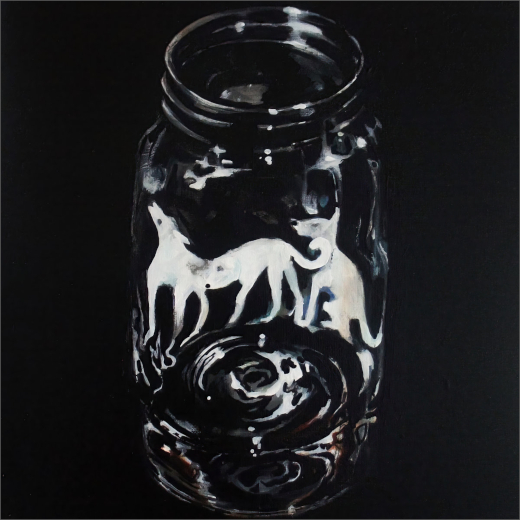
To reimagine the topography of the land
Topos is the second album by Annie Garlid as UCC Harlo, the first album is titled United (2019). Overall, Topos is fearless and unique, with uncompromising musical textures and forms, highly disciplined, sometimes visceral and ethereal, often raw and rapt. The word Topos has Greek origins, meaning “topic” or “place” and also refers to common literary themes (plural “topoi”) that are varied according to occasion. The primary theme here might be nature and human interactions. I hear rich instrumental textures, poetics evoking simultaneous familiarity and foreignness, entangled within a place that is only found in memory and now right here in front of our ears.
Setting out to reimagine the topography of the land, free of man-made borders, I hear a message about nature, a compelling film for the ears, using textures as drones and weaving together discoveries and new modes of perception with extended vocal techniques that include singing as well as spoken and textural vocal innovations, with stringed instruments (probably violin, cello), and through multitracking her voice is joined by a dozen singers and instrumentalists creating landscapes of sound employing awakening language and rituals.
The composer inspires me to imagine a multi-disciplinary meditation on the concepts of habitat and berth. And now add the voice as a multifaceted instrument, creating notions of an interdisciplinary performance combining various theatrical elements, which happen to be good listening. I imagine ritualistic gestures and movements, I hear the intersection of music and kinetic forms evoking an idealized nature of the past with a creative understanding of both urban and rural land in the present
A multi-disciplinary meditation ::
Embarking with a low toned confidential message, honest yet friendly, the first track is “Riverbeds (Palo Duro)” (5:39). Palo Duro is Spanish for hard wood, I see music that is visually kinetic, sound sculptures that appear to flicker, the strings sparkle and vibrate within the hollow box form of the instruments being gently tapped. “March 6” (5:55) continues to integrate music with movement, I hear sort of a call, take notice! Be respectful of our planet! Chants and murmurs mix with handclaps, a synchronized vocal multitrack with a poetic method, streams of tiny notes forming an urgent environmental message.
With chanted multitrack lyrics, originating within a percussive garden, now bringing a story that explores an exotic feline mythos, “Ocelot” (7:11). What comes to my mind is the great Tezcatlipoca, active during twilight and at night, climbing, leaping and swimming, preying on small terrestrial animals, usually solitary and territorial. See eyes that are brown, but reflect in a golden hue when illuminated, hear dreamy humming and rhythmic tongue clicks, electronic drones and ethereal contemplation of dangerous solid black markings on a creamy, tawny, yellowish, reddish gray or gray predator cat.
The track “Robert” (5:36) features plucked strings with a vocal ensemble. I imagine a solemn ukulele harp, brooding and somber is good, meditating on timeless forces and exploring a slow contradiction of stillness and movement. I love that choir. The final track begins with very subtle strange clicks or pops, and after the lyrical journey so far, these are almost disruptive sounds, well, not really disruptive, but are noticeable and pause causing. Coarse woody debris and leaf litter occurs below ground, here is a bridge between the world above ground and the world below the soil, think nutrient transfer. Now the strange sound is like vinyl phonographic static with pops and more clicks. “Forest Floor” (9:36), I think of water in the woody duff, the transformation of the dead leaves and forest matter. With this track we find new and wider vocal textures and forms, eventually one tone from an instrument arrives, the tones are slowly building into the poetic voices, adding bass oboe, strings, textured tones. In the end, the rain takes over.
Based in New York City, Annie Garlid is a writer, musicology scholar and classically-trained musician who has collaborated with Caterina Barbieri and Emptyset, as well as being a member of the Holly Herndon Ensemble.
Topos is available on Subtext. [Bandcamp]







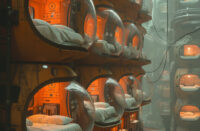

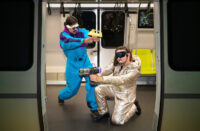

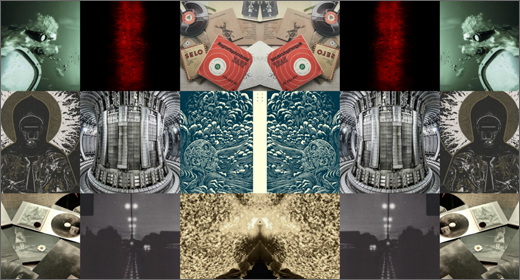
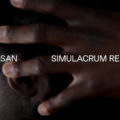
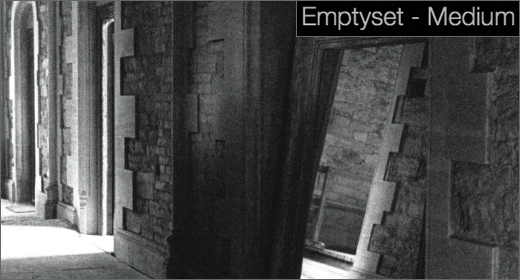
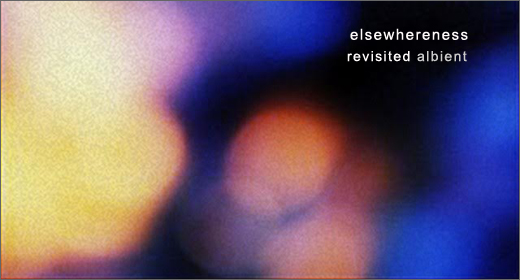

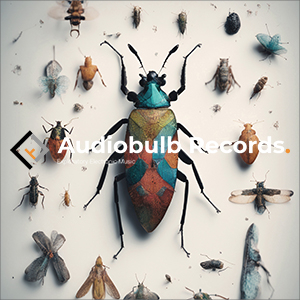


![Hasbeen :: Bunker Symphonies II (Clean Error) — [concise]](https://igloomag.com/wp/wp-content/uploads/2025/04/hasbeen-bunker-symphonies-ii_feat-75x75.jpg)
![Extrawelt :: AE-13 (Adepta Editions) — [concise]](https://igloomag.com/wp/wp-content/uploads/2025/04/extrawelt-ae-13_v_feat-75x75.jpg)
![Beyond the Black Hole :: Protonic Flux EP (Nebleena) — [concise]](https://igloomag.com/wp/wp-content/uploads/2025/04/beyond-the-black-hole-protonic-flux_feat-75x75.jpg)
![H. Ruine, Mikhail Kireev :: Imagined / Awakenings (Mestnost) — [concise]](https://igloomag.com/wp/wp-content/uploads/2025/04/h-ruine-mikhail-kireev-imagined-awakenings_feat2-75x75.jpg)


![Squaric :: 808 [Remixes] (Diffuse Reality) — [concise]](https://igloomag.com/wp/wp-content/uploads/2025/04/squaric-808-remixes_feat-75x75.jpg)

